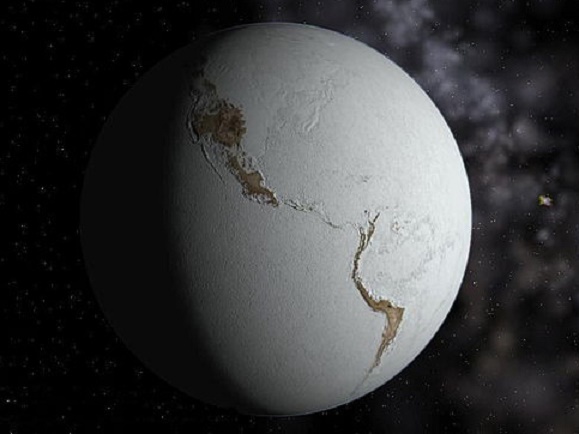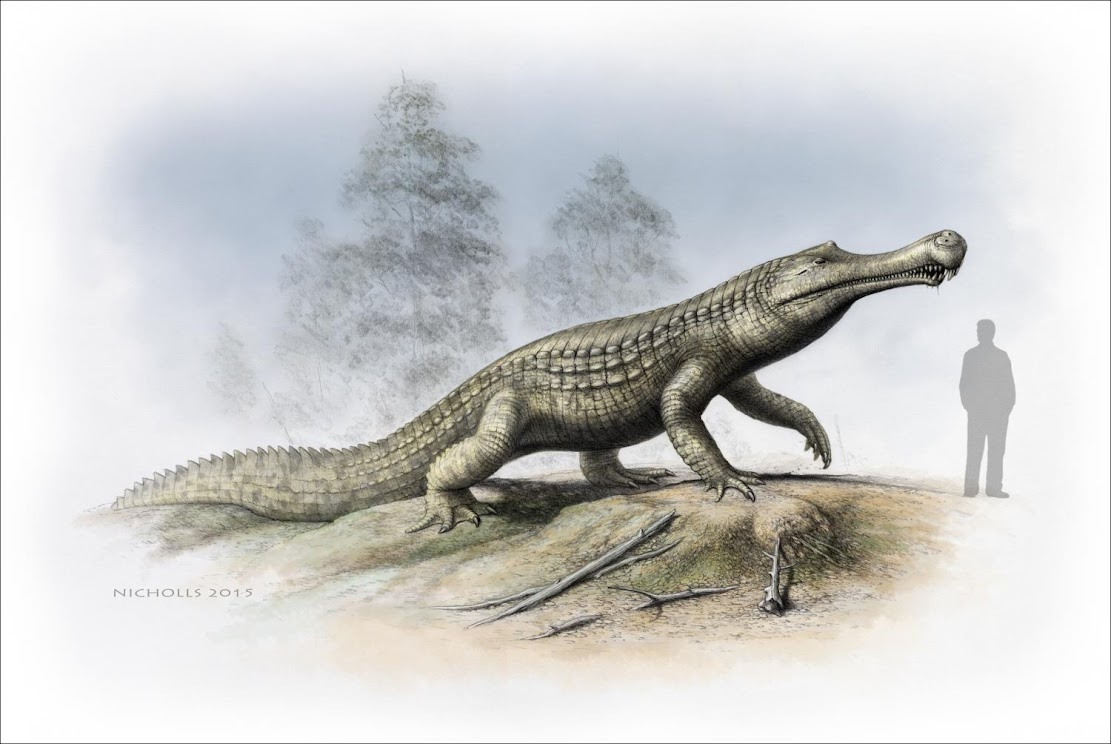The Great London:
Ancient Environment
Fossils: Oldest pine fossils reveal fiery past

Earth Science: New evidence found of land and ocean responses to climate change over last millennium

Palaeontology: Melting Scandinavian ice provides missing link in Europe's final Ice Age story

Earth Science: Cosmic dust reveals Earth's ancient atmosphere

Palaeontology: First extensive wildfires occurred significantly later than previously thought

Evolution: Life exploded on Earth after slow rise of oxygen

Fossils: New research reveals fires were more common 300 million years ago than today

Geology: Copper gives an answer to the rise of oxygen

Palaeontology: Fossil bee nests provide clues about the environment in which Australopithecus africanus lived

Fossils: Mega palaeolake in southern Sahara reduced to desert in just a few hundred years

Oceans: Debut of the global mix-master

Fossils: Cold snap: Climate cooling and sea-level changes caused crocodilian retreat

Oceans: Heat release from stagnant deep sea helped end last Ice Age
